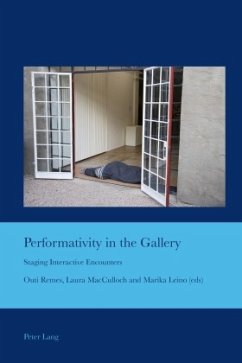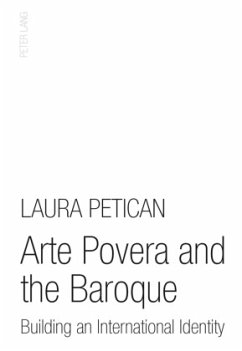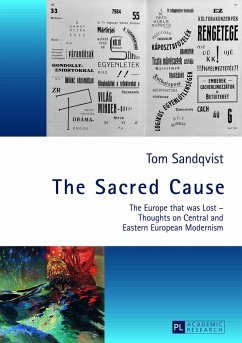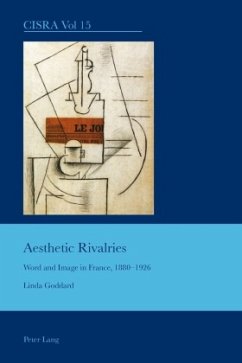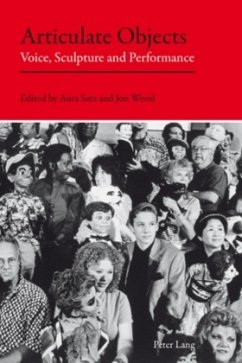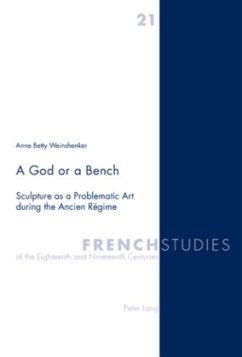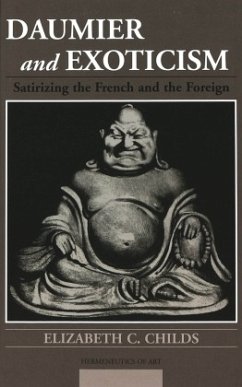
Sacred Eloquence
Giambattista Tiepolo and the Rhetoric of the Altarpiece
Versandkostenfrei!
Versandfertig in 6-10 Tagen
120,90 €
inkl. MwSt.

PAYBACK Punkte
0 °P sammeln!
This book offers an innovative approach to the altarpieces of Giambattista Tiepolo (1696-1770) by discussing them within the intellectual context of the first half of the eighteenth century. Tiepolo occupies a particular position in the history of art: firmly embedded in the eighteenth century, he is one of the last great painters of the classical tradition, and, at the same time, one of the precursors of modernity. Why has Tiepolo's religious art often been misunderstood? How can the abbreviation and absence of key symbols in the images be explained and why is this rhetoric of absence so utte...
This book offers an innovative approach to the altarpieces of Giambattista Tiepolo (1696-1770) by discussing them within the intellectual context of the first half of the eighteenth century. Tiepolo occupies a particular position in the history of art: firmly embedded in the eighteenth century, he is one of the last great painters of the classical tradition, and, at the same time, one of the precursors of modernity.
Why has Tiepolo's religious art often been misunderstood? How can the abbreviation and absence of key symbols in the images be explained and why is this rhetoric of absence so utterly modern? Deliberately concentrating on what is not painted, rather than what is in the picture, the book deals with Tiepolo's lacunism as an eighteenth-century phenomenon anticipating modernity. It discusses four different forms of rhetoric: iconic, narrative, silent, and visionary. Each discourse calibrates the images within their contemporary religious and philosophical context, which promote this type of rhetoric as highly innovative.
Why has Tiepolo's religious art often been misunderstood? How can the abbreviation and absence of key symbols in the images be explained and why is this rhetoric of absence so utterly modern? Deliberately concentrating on what is not painted, rather than what is in the picture, the book deals with Tiepolo's lacunism as an eighteenth-century phenomenon anticipating modernity. It discusses four different forms of rhetoric: iconic, narrative, silent, and visionary. Each discourse calibrates the images within their contemporary religious and philosophical context, which promote this type of rhetoric as highly innovative.



